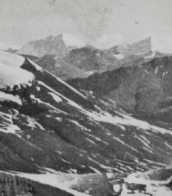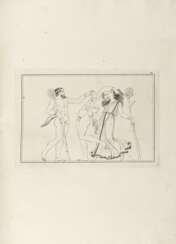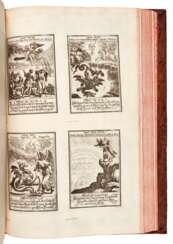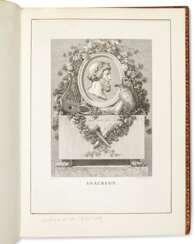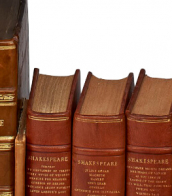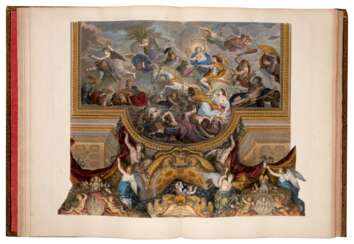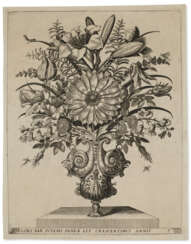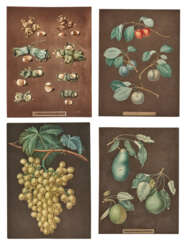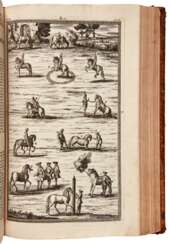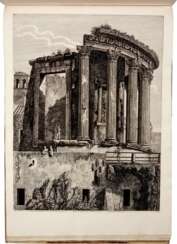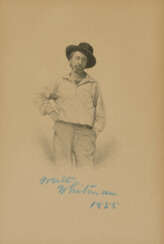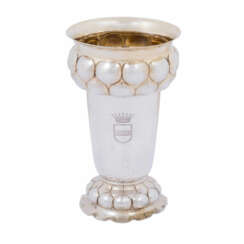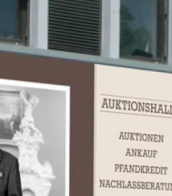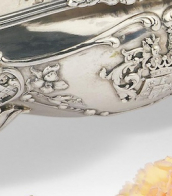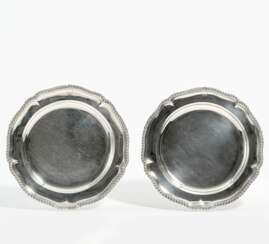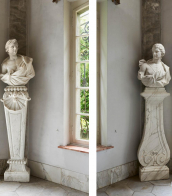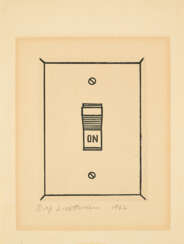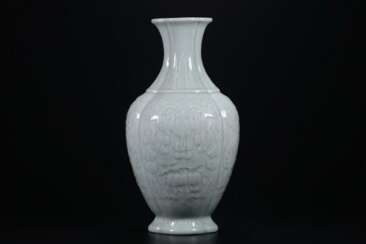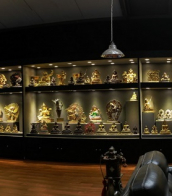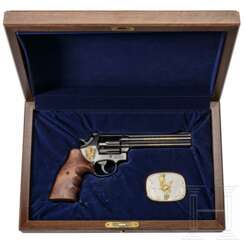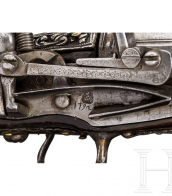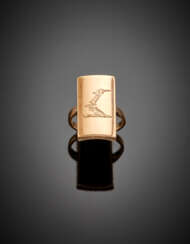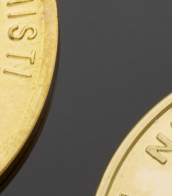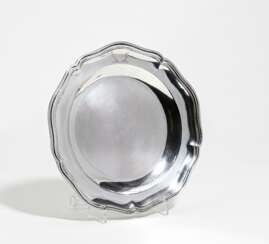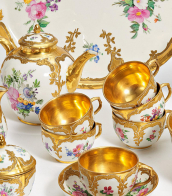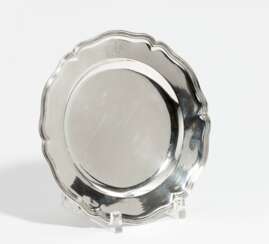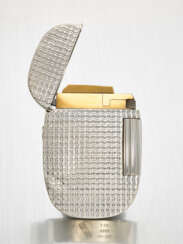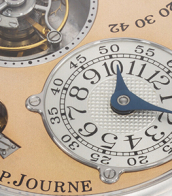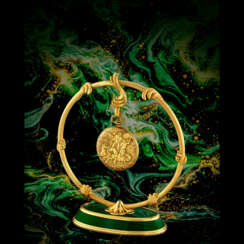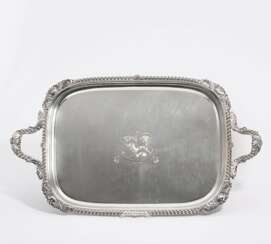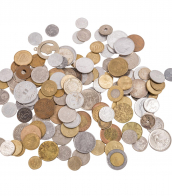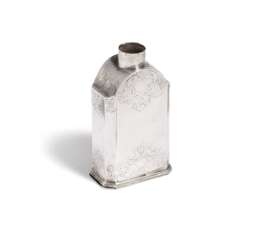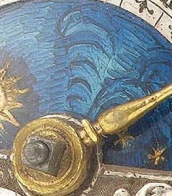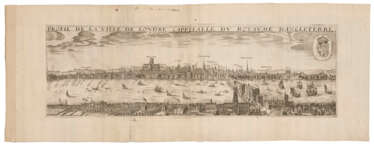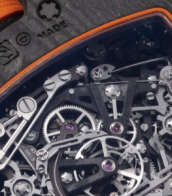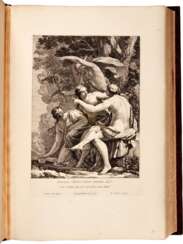engraving
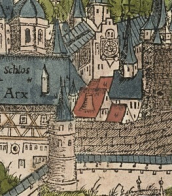
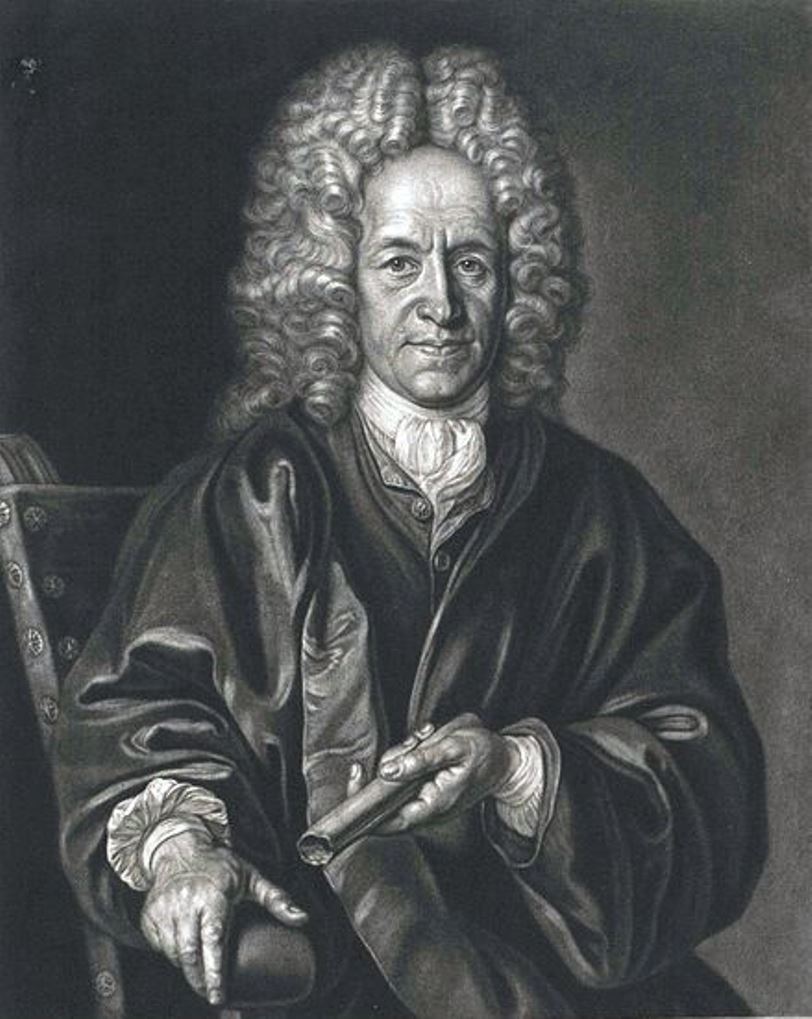
Christoph Weigel the Elder, full name Johann Christoph Weigel, was a German painter, engraver and publisher.
Weigel worked very successfully in the mezzotint technique. He was the first engraver to use a kind of machine for making backgrounds. He established his own printing house in Nuremberg in 1698, and worked closely with the imperial geographer and cartographer Johann Baptist Homann (1664-1724) to produce his maps. His younger brother Johann Christoph Weigel kept an art trade store in Nuremberg around the same time, and also quite successfully.
One of Weigel's most important works is the Ständebuch (Book of Classes) of 1698, which describes and illustrates with engravings more than two hundred trades and services, including mining.

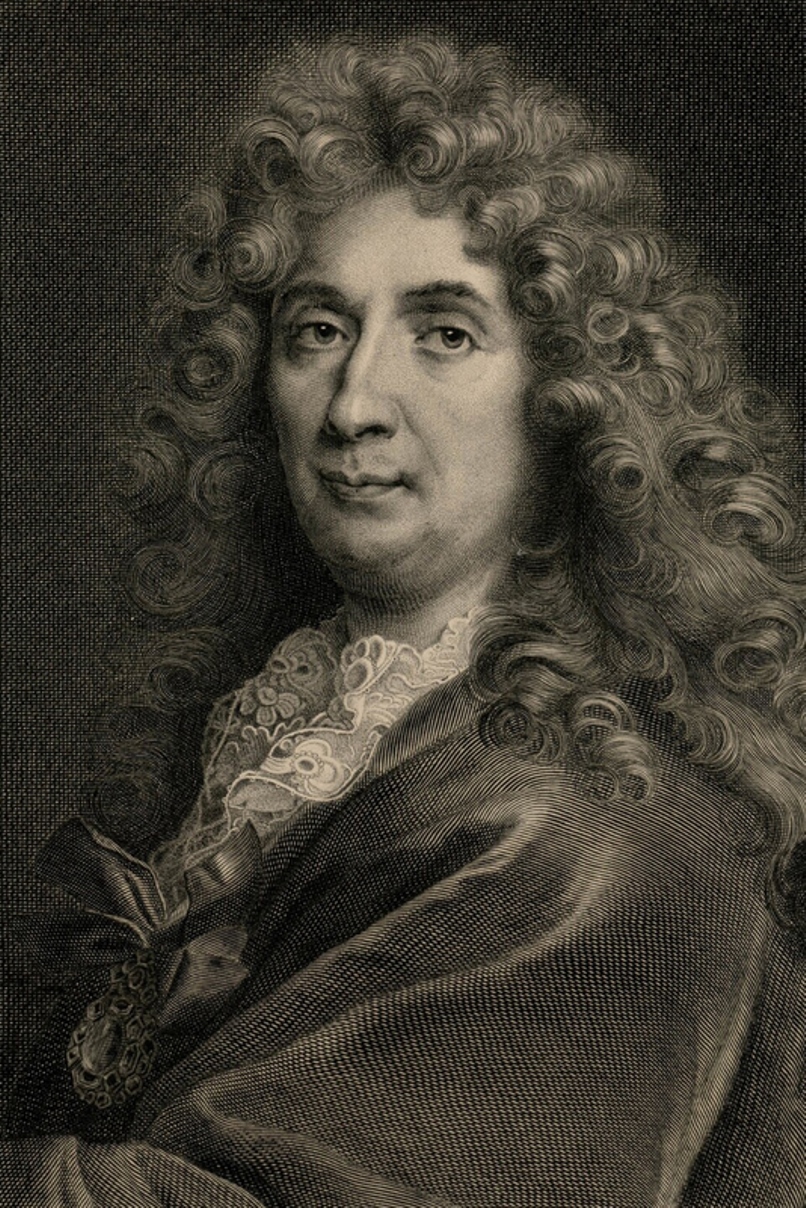
Charles Le Brun was a French painter, draftsman and chief decorator of the Palace of Versailles.
Charles came from an educated and respected family, trained in painting in Italy and very soon his talents were appreciated in the highest circles of France. In 1660 Le Brun painted "The Family of Darius before Alexander", which brought him the reputation of a brilliant French painter, and in 1664 he received the position of the first painter of the king. Thereafter he received more and more commissions and more honors.
From 1662 Le Brun controlled all the artistic projects of the royal court. In the Palace of Versailles, Lebrun created beautiful decorations: the Ambassadors' Staircase, the Hall of Mirrors, the Peace Room and the War Room. In each of his designs, he emphasized the king's achievements. He was also responsible for the decoration of the State Apartments, which was entrusted to the greatest artists of the time, who worked from his drawings. Le Brun also designed most of the statues in the park at Versailles. This enormous work cemented his reputation as a true seventeenth-century genius, as well as one of the founders, ideologues, and chief representatives of the classicist "grand style" of King Louis XIV's era.
In 1648 Le Brun became a founding member of the Royal Academy of Painting and Sculpture, and in 1663 - the manager of the Manufacture of tapestries.
Charles Le Brun was not only the creator of the "grand style", but also contributed to the rebirth of classicism into academism.

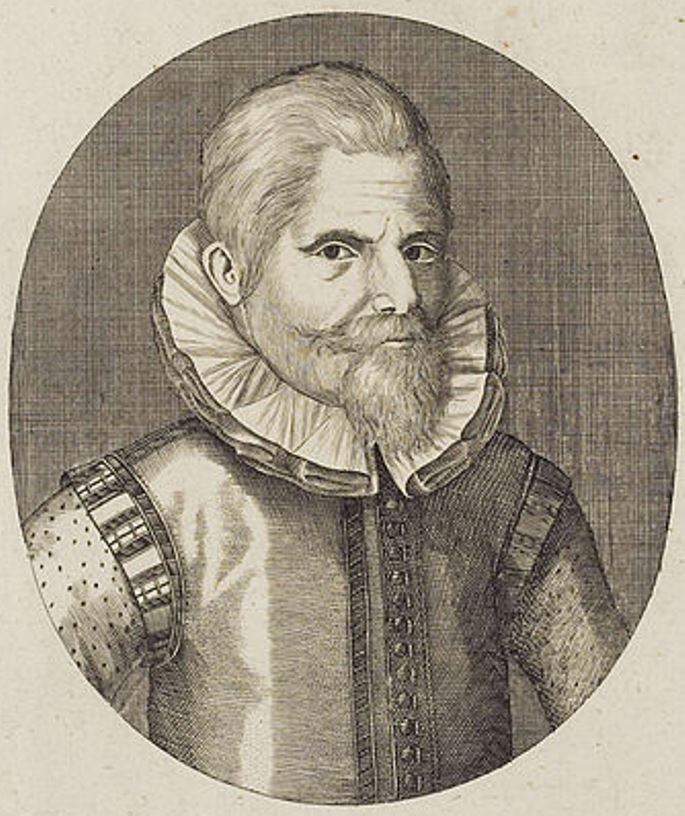
ohann Theodor de Bry (also Johann Dietrich de Bry) was a German publisher, engraver and draughtsman from the Calvinist de Bry family of artists.
Johann was the eldest son and apprentice of the Flemish painter and goldsmith Theodor de Bry (1528-1598). In 1598, Johann Theodor took over the family print shop and moved the business from Frankfurt to Oppenheim. In addition to many of his own works, he greatly added to the collection of "Portraits of Eminent Figures" begun by his father. De Bry specialized in richly illustrated scientific books.
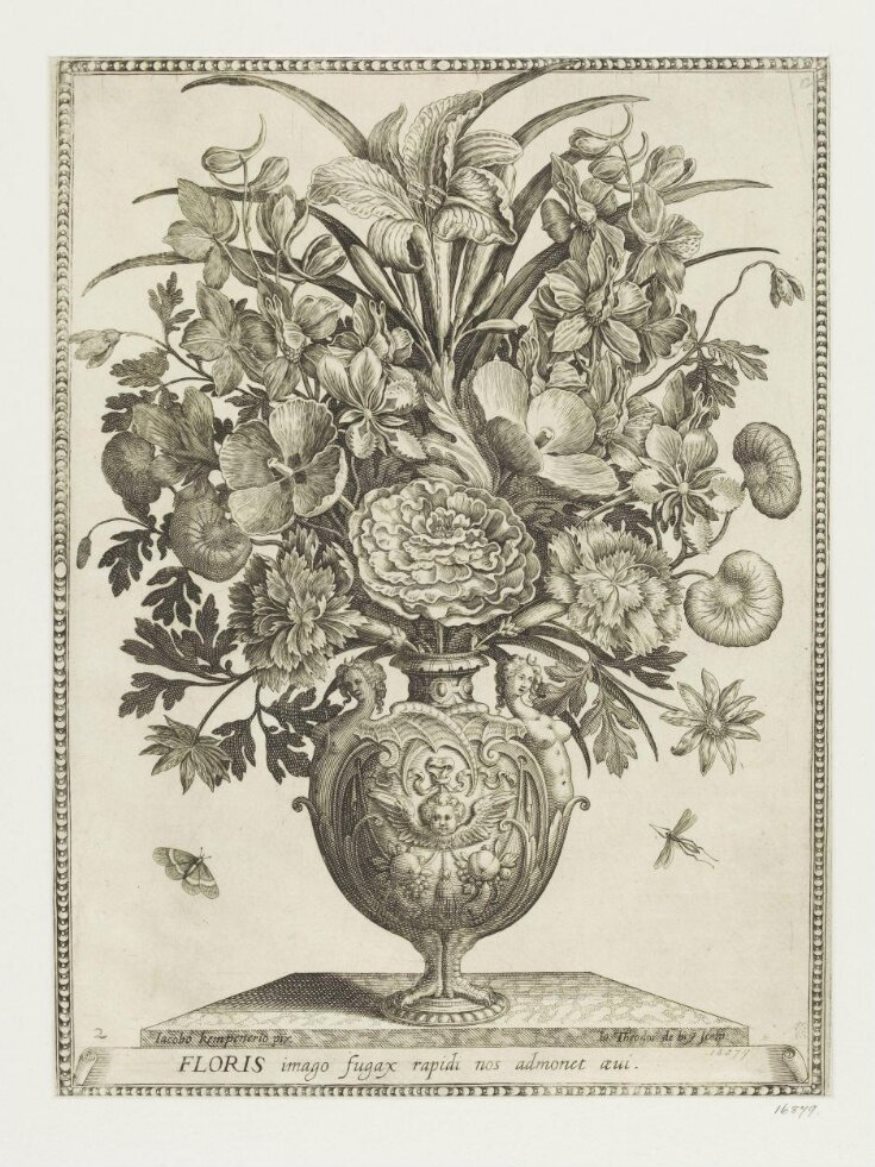
Jacob Kempener was a Flemish painter and engraver who lived and worked in Cologne in the 17th century.
He is known for Johann Theodor de Brie's engravings based on his still lifes.


ohann Theodor de Bry (also Johann Dietrich de Bry) was a German publisher, engraver and draughtsman from the Calvinist de Bry family of artists.
Johann was the eldest son and apprentice of the Flemish painter and goldsmith Theodor de Bry (1528-1598). In 1598, Johann Theodor took over the family print shop and moved the business from Frankfurt to Oppenheim. In addition to many of his own works, he greatly added to the collection of "Portraits of Eminent Figures" begun by his father. De Bry specialized in richly illustrated scientific books.

Jacob Kempener was a Flemish painter and engraver who lived and worked in Cologne in the 17th century.
He is known for Johann Theodor de Brie's engravings based on his still lifes.

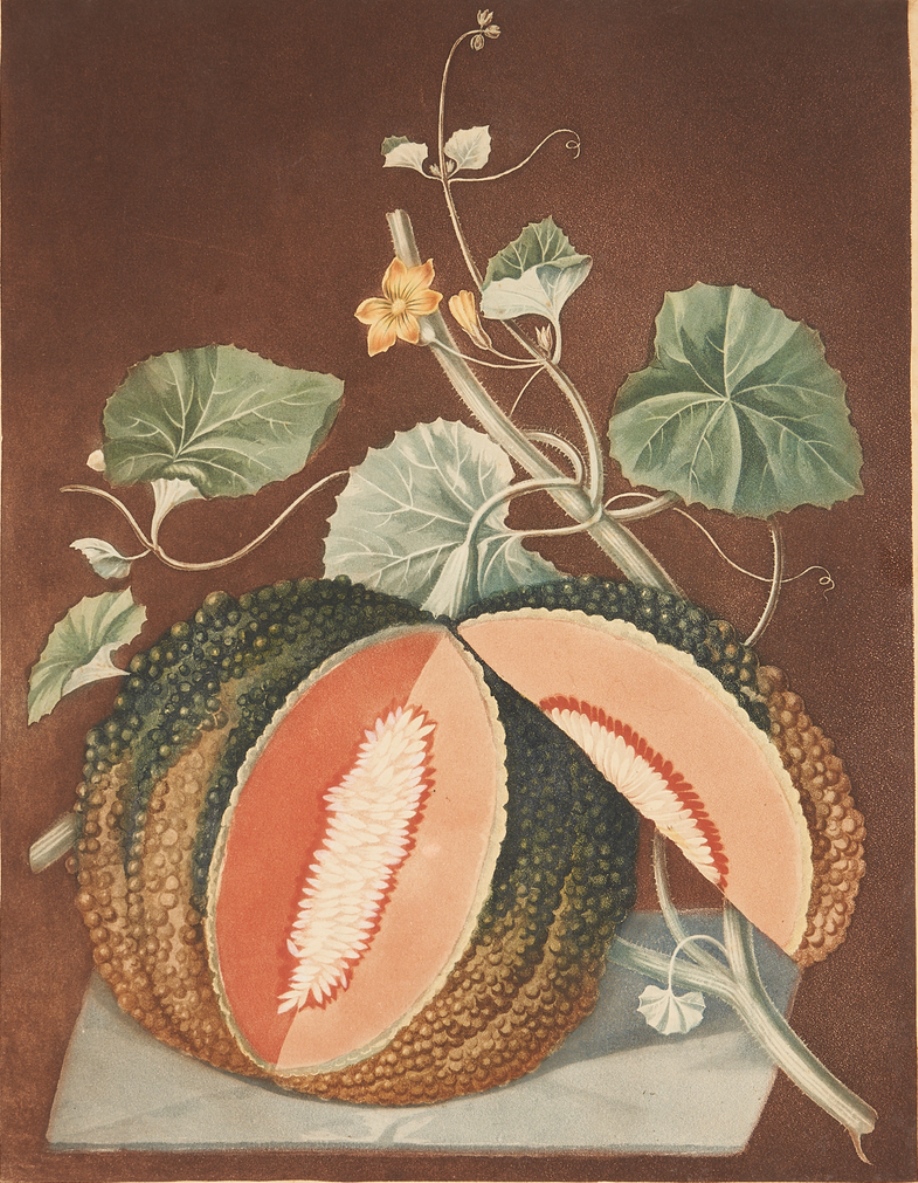


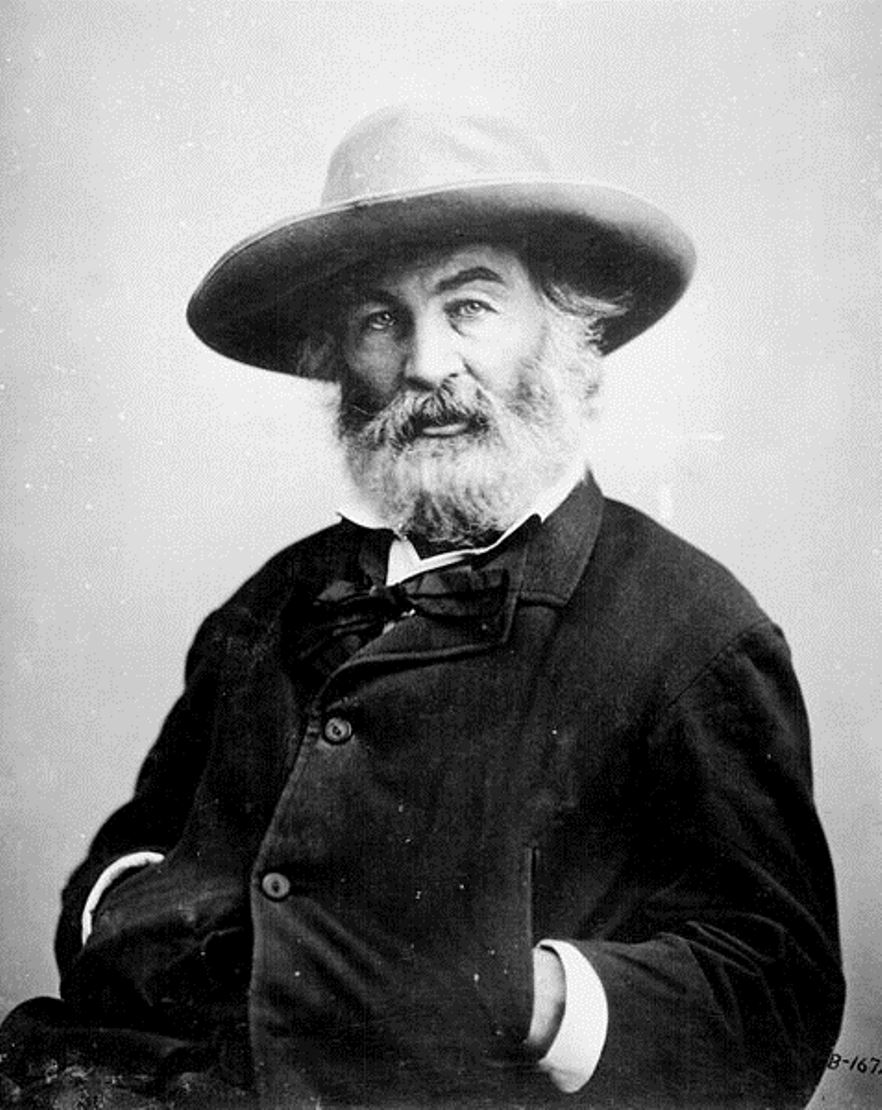
Walt Whitman was an American poet and essayist.
For some time in his youth Whitman worked as a journalist and even published his own newspaper, where he raised issues of slavery. In 1855, he self-published a collection of his poems, Leaves of Grass. This book is now a milestone in American literature, although at the time of publication it was considered highly controversial. In the early 1860s, Whitman volunteered in hospitals for the Civil War, resulting in a collection of new poems.
During his lifetime, his first collection, Leaves of Grass, underwent many editions and grew to 300 poems. It was only towards the end of his life that Whitman found fame as the first national poet of the United States. Whitman was translated into Russian by K. Balmont, I. Kashkin, and K. Chukovsky.


Roy Fox Lichtenstein, an American icon of the Pop Art movement, is celebrated for his comic strip-inspired art. Born in 1923 in New York City, Lichtenstein's journey into the art world was marked by various phases, evolving from Cubism and Abstract Expressionism to the distinctive Pop Art style he is renowned for.
Roy Lichtenstein's artistic career gained momentum in the 1960s, a period during which he embraced the comic strip as his primary source of inspiration. His pioneering use of Ben-Day dots, a technique borrowed from commercial printing, became his signature style, bringing a new visual language to fine art. His approach transformed mundane subjects from popular culture into compelling fine art, challenging traditional notions of artistry.
Among his most notable works, "Drowning Girl" (1963), displayed at the Museum of Modern Art in New York, exemplifies his iconic style with its bold lines, vivid colors, and Ben-Day dots. This piece, along with others like "Look Mickey" and "Whaam!", played a critical role in establishing Pop Art as a major art movement, contrasting starkly with the Abstract Expressionism prevalent at the time.
Roy Lichtenstein's art was not just limited to canvas; he explored multiple media, showcasing his versatility. His shift to Pop Art marked a significant turn in his career, bringing him fame and controversy alike. His works, often based on comic strips and advertisements, were both a parody and homage to the mass-produced, consumerist culture of his time.
For art collectors and experts, Lichtenstein's works offer a fascinating glimpse into a transformative era in art history. His approach to Pop Art remains influential, and his works are celebrated worldwide for their innovative and provocative style.
Interested in staying updated on sales and auction events featuring Roy Lichtenstein's works? Sign up for our updates. We provide straightforward, no-nonsense information on the latest in art sales and auctions related to Lichtenstein.
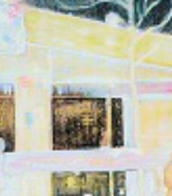
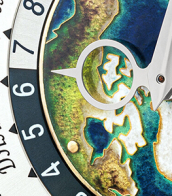

Pablo Ruiz Picasso, a Spanish artist renowned for his revolutionary contributions to the 20th-century art scene, is a figure that resonates profoundly with collectors and art experts. His unique blend of talents in painting, sculpture, printmaking, and ceramic art, infused with his time in France, positioned him as a pivotal character in modern art history.
Picasso's artistic journey was marked by distinct periods, each showcasing his evolving style and genius. His early years were characterized by the Blue Period (1901-1904), followed by the Rose Period (1904-1906), and then the African-influenced Period (1907-1909). Picasso's name is synonymous with Cubism, a movement he co-founded, which significantly altered artistic perspectives and methods. Works like "Les Demoiselles d'Avignon" (1907) and "Guernica" (1937) are emblematic of his cubist legacy, the latter being a poignant anti-war statement that remains influential.
His later years saw a return to more traditional styles, with neoclassical and surrealist influences becoming evident. Works from these phases reflect a deep engagement with mythological themes, as seen in "Faun with Stars" (1955), symbolizing his late-life romance with Jacqueline Roque, his second wife.
Picasso's prolific output and innovative spirit made him a legend in his own time, a status that only grew after his death. His works, housed in major museums and private collections worldwide, continue to captivate and inspire.
As a collector or expert in art and antiques, staying informed about Picasso's works, their auction events, and sales is essential. To stay updated on the latest developments and opportunities related to Pablo Picasso, sign up for our specialized updates. Rest assured, this subscription will focus solely on new product sales and auction events pertaining to Picasso's art, ensuring that you receive only the most relevant and valuable information.

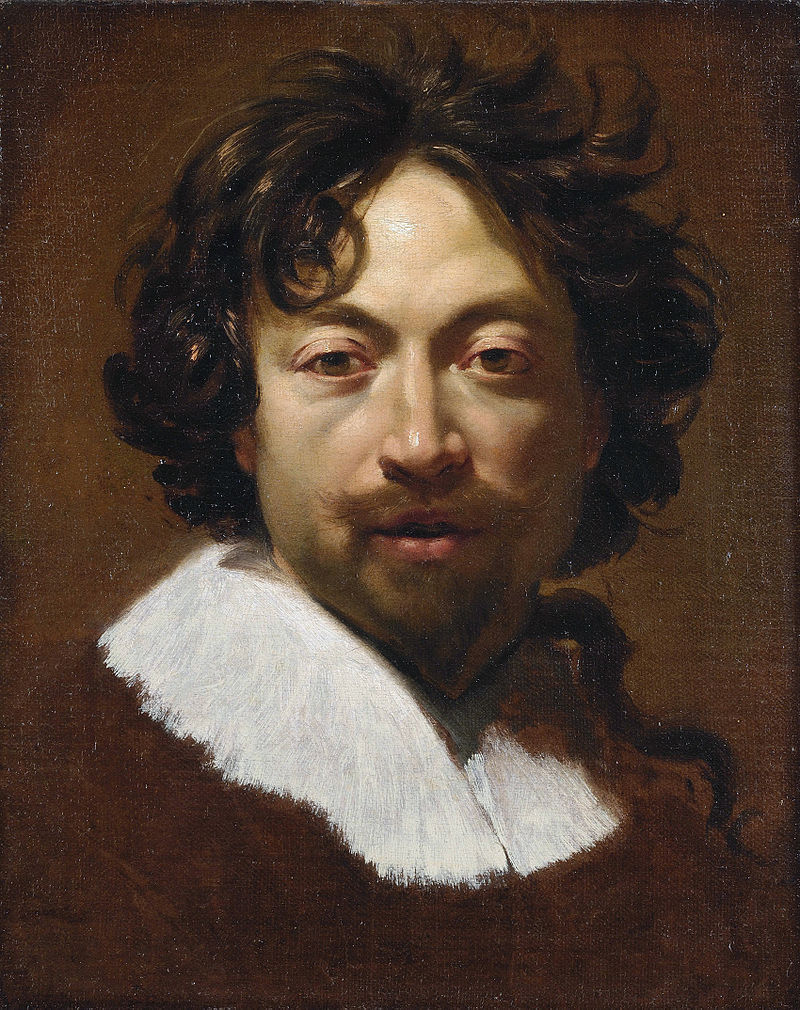
Simon Vouet was a French painter who studied and rose to prominence in Italy before being summoned by Louis XIII to serve as Premier peintre du Roi in France. He and his studio of artists created religious and mythological paintings, portraits, frescoes, tapestries, and massive decorative schemes for the king and for wealthy patrons, including Richelieu. During this time, "Vouet was indisputably the leading artist in Paris," and was immensely influential in introducing the Italian Baroque style of painting to France. He was also "without doubt one of the outstanding seventeenth-century draughtsmen, equal to Annibale Carracci and Lanfranco."

![[RUSSIA] - The Costume of the Russian Empire, illustrated by a series of seventy-three engravings. London: S. Gosnell per William Miller, 1803.](/assets/image/picture_1242420/85234/smh6hrxn4kxfsyqrhkw3gorlos1xswgjaplix0bdcslhip7nj3gzcqqnzub9nu1608651686jpg__fix_374_244.jpeg)
![[RUSSIA] - The Costume of the Russian Empire, illustrated by a series of seventy-three engravings. London: S. Gosnell per William Miller, 1803.](https://veryimportantlot.com/assets/image/picture_1242420/85234/smh6hrxn4kxfsyqrhkw3gorlos1xswgjaplix0bdcslhip7nj3gzcqqnzub9nu1608651686jpg__fix_374_244.jpeg)
